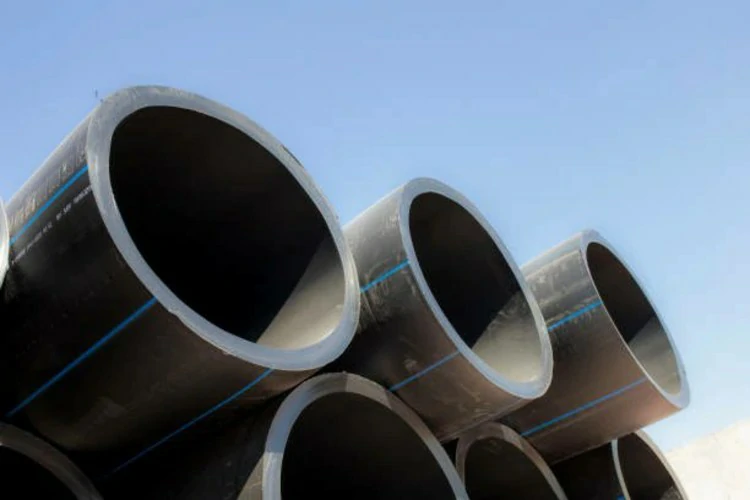Introduction:
When it comes to plumbing solutions, the choice of pipe material plays a significant role in determining performance, longevity, and overall cost-effectiveness. In this article, we’ll conduct a comparative analysis of HDPE (High-Density Polyethylene) plumbing against other commonly used pipe materials, examining their respective strengths, weaknesses, and suitability for various applications.
HDPE Plumbing: Advantages and Applications
Durable and Corrosion-Resistant
HDPE pipes boast exceptional durability and corrosion resistance, making them suitable for a wide range of applications, including water supply, irrigation, and drainage systems. Unlike metal pipes, HDPE is immune to rust and chemical degradation, ensuring longevity and reliability in harsh environments.
Flexibility and Ease of Installation
The flexibility of HDPE pipes allows for easier installation around obstacles and through challenging terrains. This flexibility reduces the need for additional fittings and joints, minimizing the risk of leaks and simplifying the installation process. HDPE plumbing adapts effortlessly to diverse environments, from urban landscapes to agricultural settings.
Leak-Free Performance and Low Maintenance
HDPE pipes exhibit superior joint integrity, minimizing the risk of leaks and water loss—a critical factor in water conservation efforts. The smooth interior surface of HDPE pipes prevents scaling and biofilm buildup, reducing the need for maintenance and ensuring uninterrupted water flow. Additionally, HDPE plumbing requires minimal maintenance compared to other materials, resulting in long-term cost savings.
Comparison with Other Pipe Materials
PVC (Polyvinyl Chloride) Plumbing
PVC pipes are commonly used in plumbing applications due to their affordability and chemical resistance. However, PVC pipes are prone to cracking and brittleness over time, especially in cold temperatures. Additionally, PVC pipes may release harmful chemicals when exposed to high temperatures, posing health risks.
Galvanized Steel Plumbing
Galvanized steel pipes were once widely used in plumbing systems due to their strength and durability. However, galvanized steel is susceptible to corrosion and rust buildup over time, leading to reduced water flow and eventual failure. Additionally, the installation of galvanized steel pipes can be labor-intensive and costly.
Copper Plumbing
Copper pipes are known for their reliability and longevity in plumbing systems. However, copper is an expensive material, making it less cost-effective for large-scale projects. Copper pipes are also prone to corrosion and pinhole leaks, especially in areas with aggressive water chemistry.
Conclusion:
The comparative analysis reveals that HDPE plumbing offers numerous advantages over other pipe materials. Its exceptional durability, flexibility, and leak-free performance make it a preferred choice for a wide range of plumbing applications. As the demand for efficient and sustainable plumbing solutions continues to grow, HDPE emerges as the material of choice for resilient and long-lasting infrastructure.
Contact
IFANPLUS is a specialized product series launched by IFAN, primarily covering plastic pipes, fittings, and various types of valves. We offer PPR and PVC pipes in German and American standards, ensuring the high quality and reliability of our products. IFANPLUS valve products include a variety of valves, from PPR valves to other diverse copper valves, catering to your specific requirements. Whatever product you need, IFANPLUS will be your reliable partner. Here is our contact information.
We will reply your email or fax within 24 hours.
You can call us at any time if there is any question on our production.
For more information,pls visit our webside https://www.ifanplus.com/
Pls Mailto: [email protected]






